In the past, I did a lot of Git log analysis on my blog. The main reason is that developers know what Git is and what kind of data it provides. So it is easy to connect to developers then
Some problems when analyzing Git logs
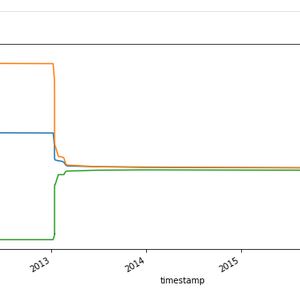

In the past, I did a lot of Git log analysis on my blog. The main reason is that developers know what Git is and what kind of data it provides. So it is easy to connect to developers then
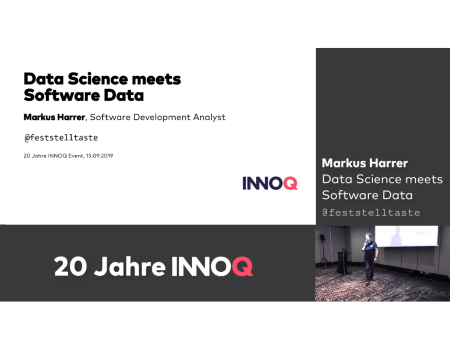
Am Jubiläums-Event von INNOQ durfte ich einen Vortrag über eines meiner Lieblingsthemen halten: Die Anwendung von Data-Science-Werkzeugen auf Daten aus der Softwareentwicklung.
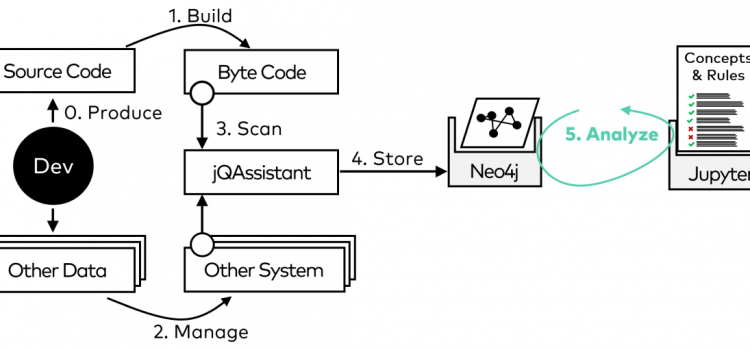
Introduction Software architects have to make sure that the communicated software architecture blueprints exist in the real world. For this, manual inspections as well as automated measurements are needed to avoid surprises. In this notebook, I want to show how
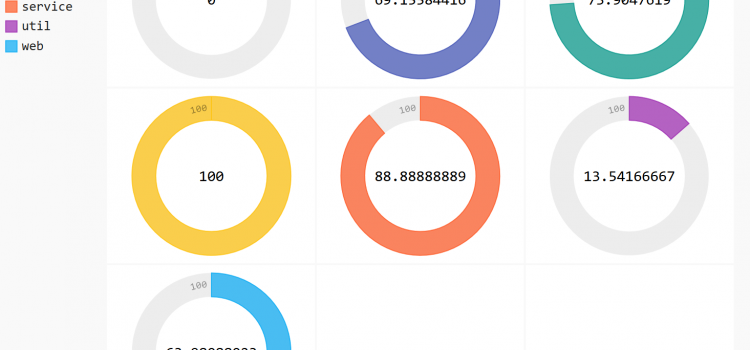
I wrote a Jupyter notebook that demonstrates how you can easily use pandas together with pygal. Because it won’t work here on my blogging system, you have to read about it on GitHub: Jupyter notebook HTML export (fully interactive version)
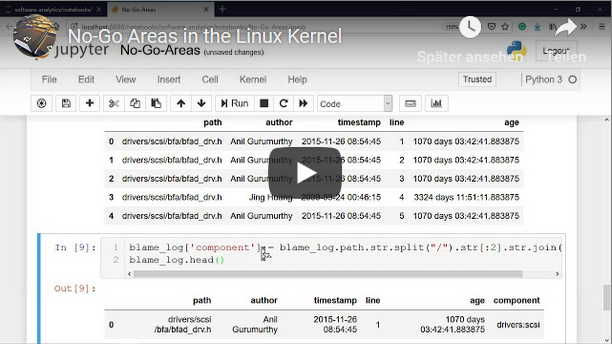
Here is a short demo that I show regularly in my talks about Software Analytics. It shows how you can identify components in your code that are so old that probably nobody knows anything about it anymore.